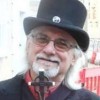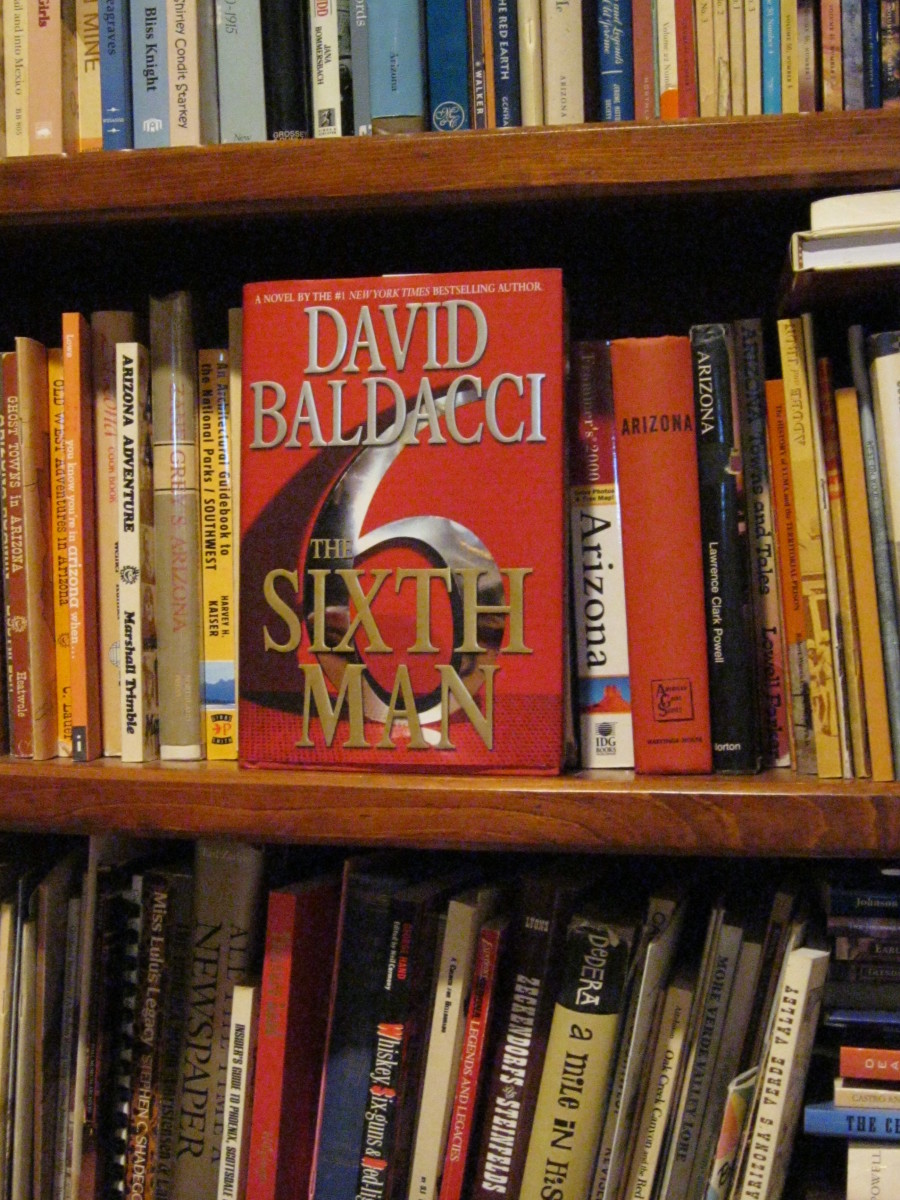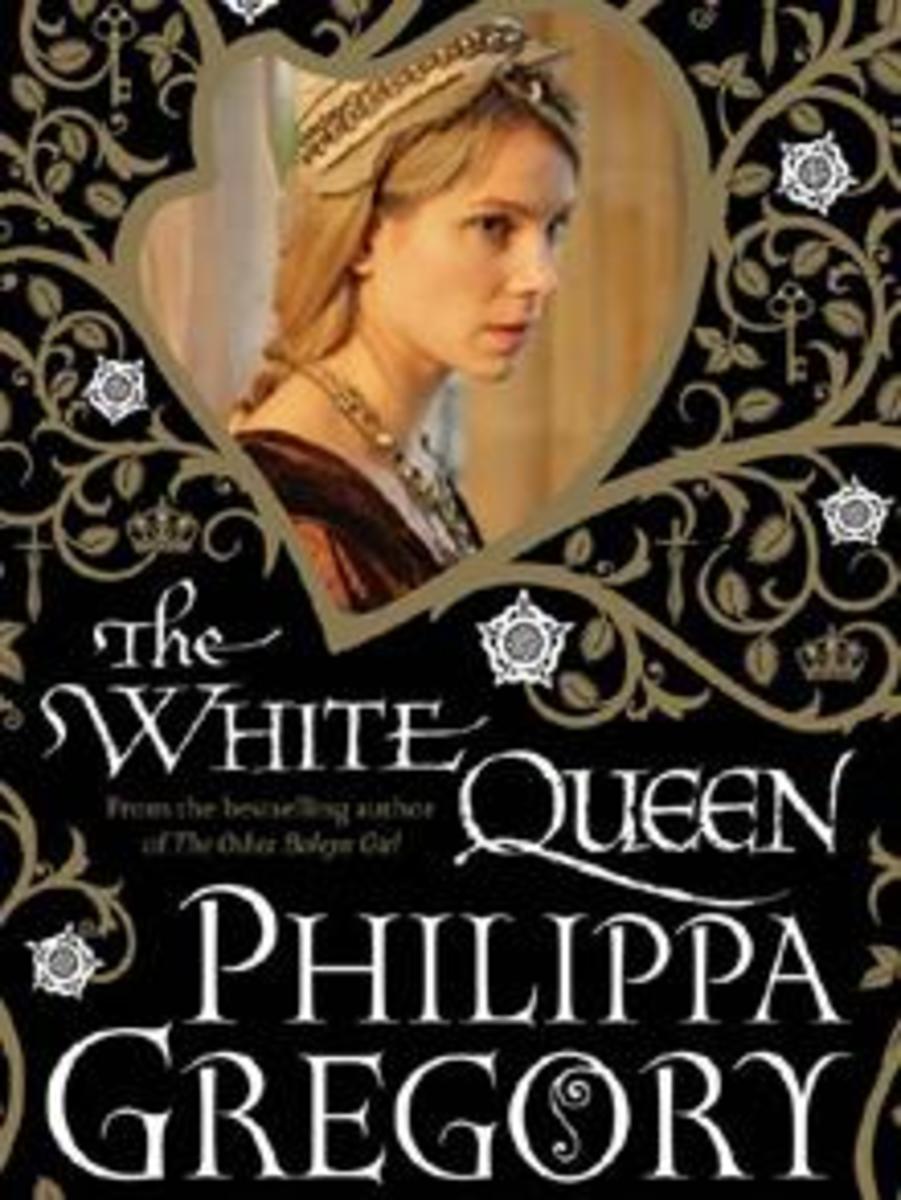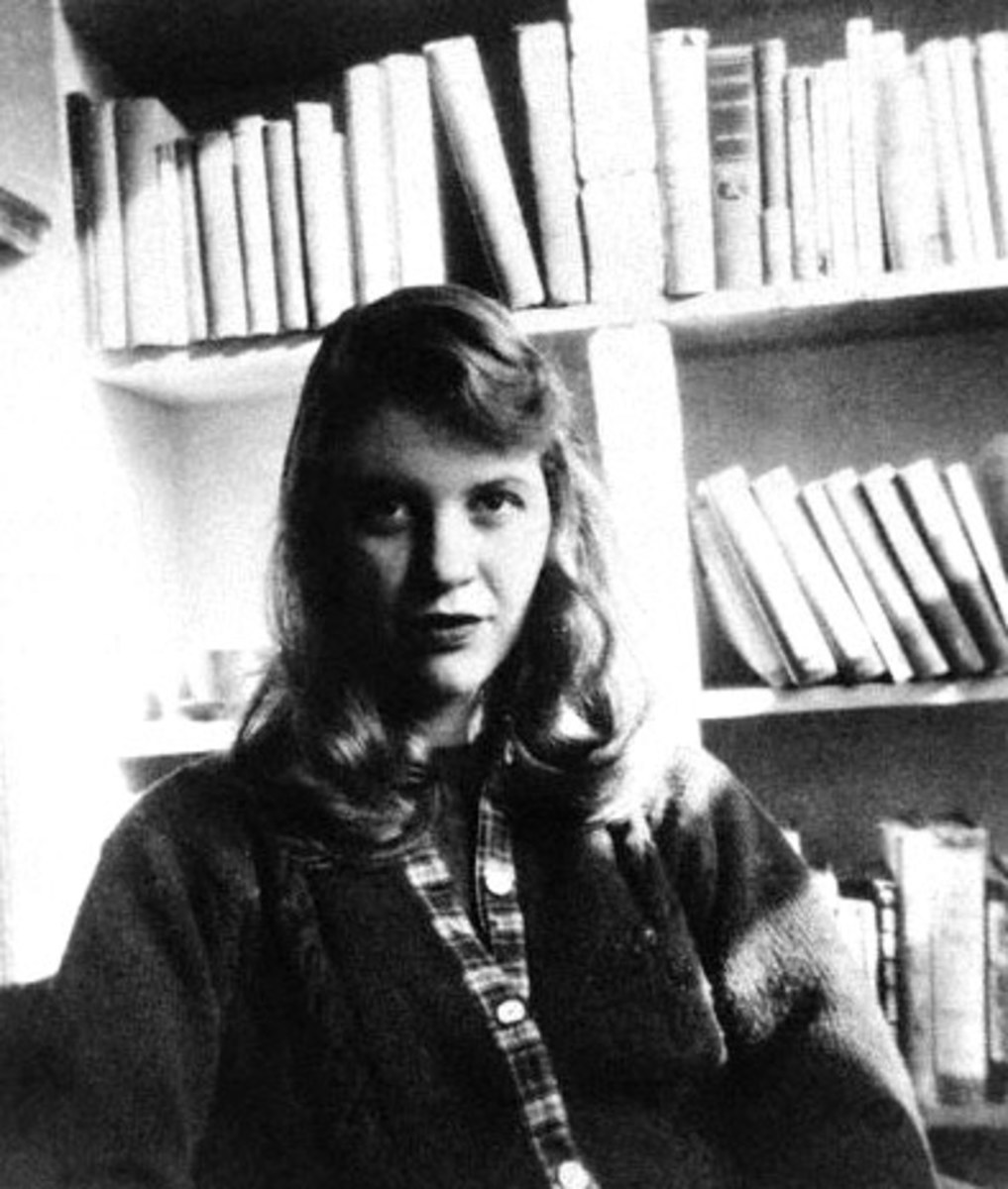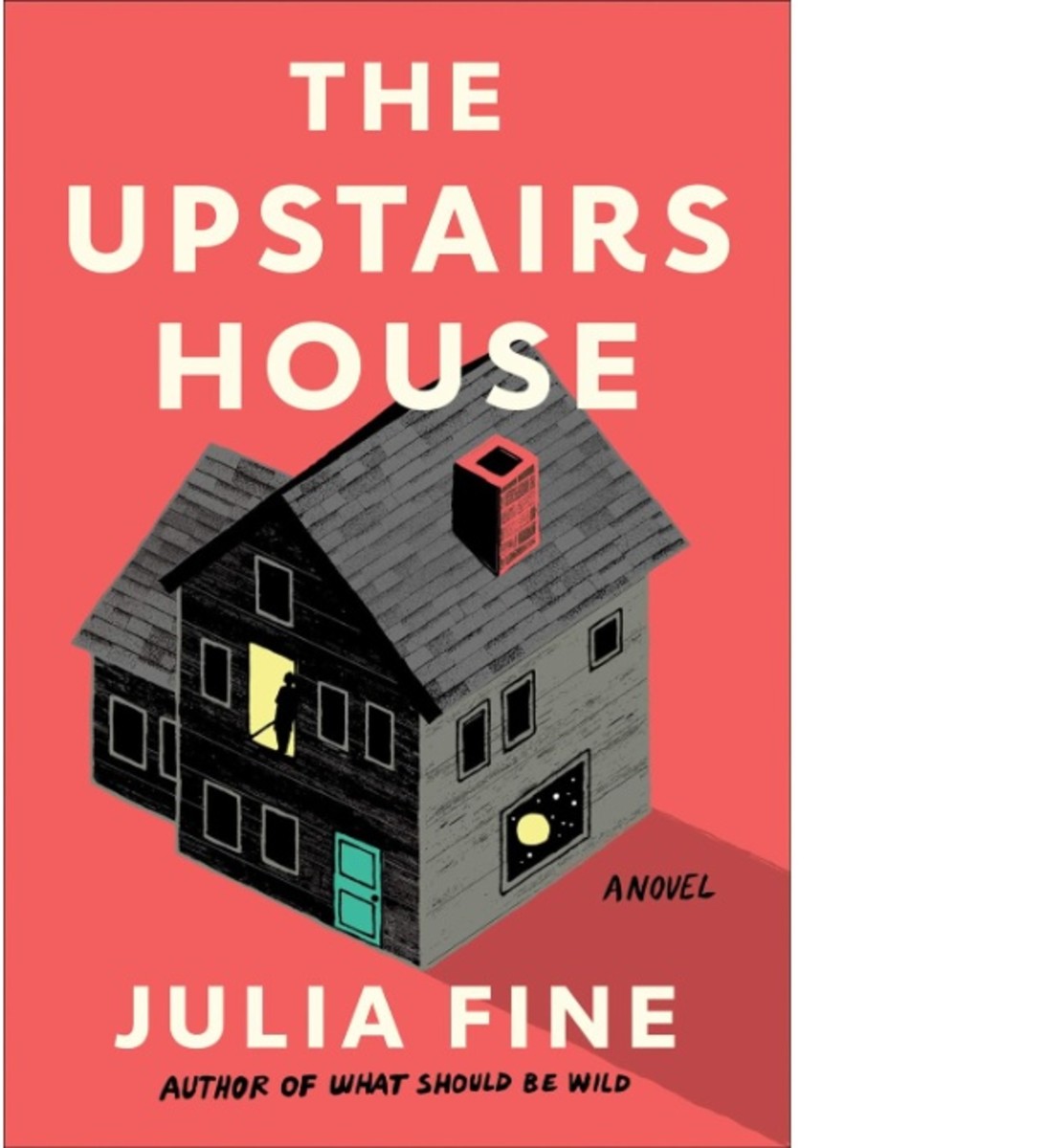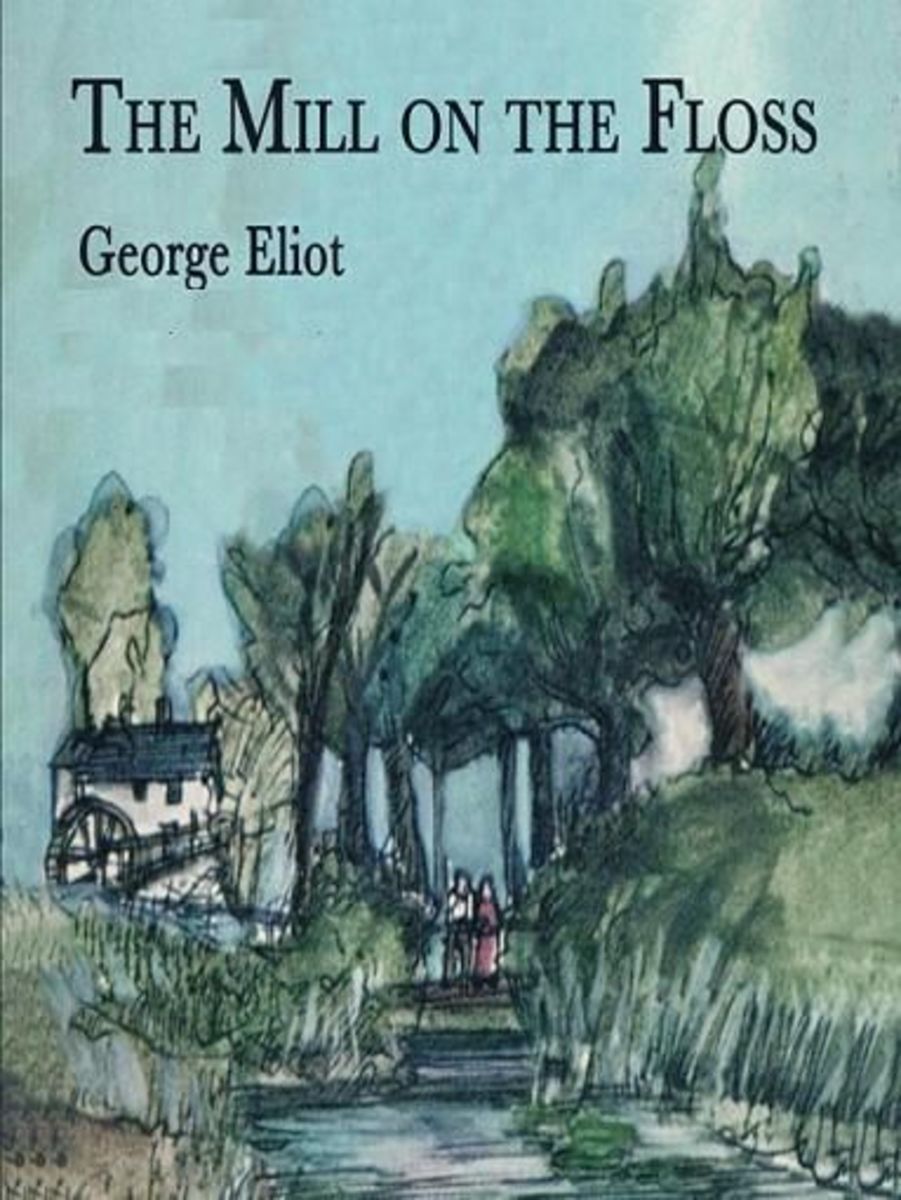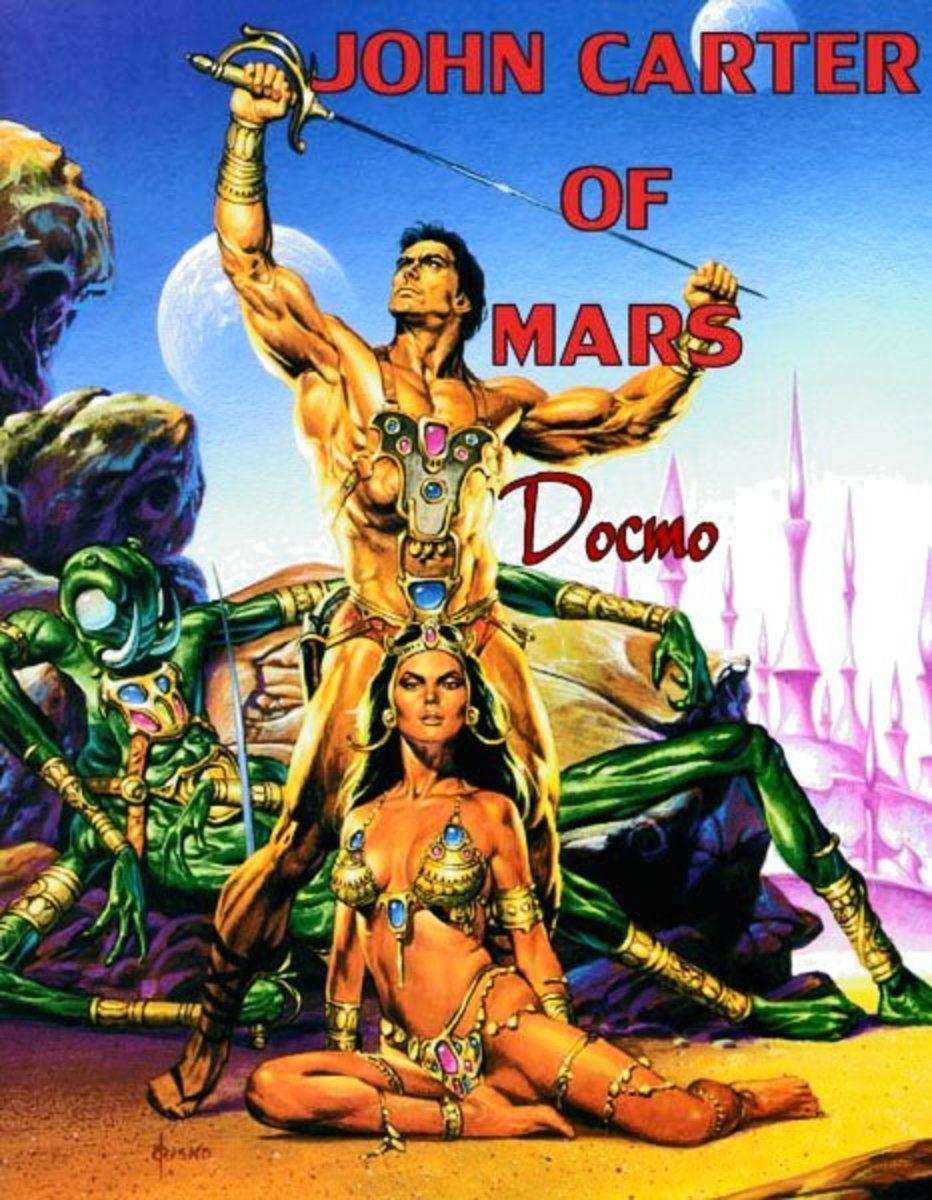Review: Kiss the Sky, a novel set during the free party and rave scene of the 90s
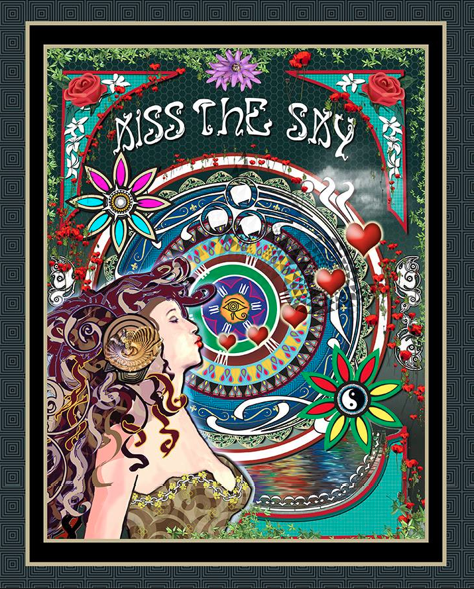
Free Party
Kiss the Sky is a novel set against the backdrop of the free party and rave scene of the nineties.
It is written in the first person, in the present tense, and has an urgency and a vitality that makes it hard to put down.
Indeed, it is a measure of its success as a novel that I was convinced that it was autobiographical. All books are autobiographical to some degree, of course, since the writer borrows from their own experience even when they are writing about an unrelated subject. But this book reads as if the events portrayed actually happened, as if all the people were real, as if the writer has only changed a few names and a few settings in order to create a novel, but is otherwise just describing the events of her own life. In common with most first novels, it has the air of a story lived through and experienced, so I was very surprised to discover that it is mainly fictional.
Cable Street
The early part of the novel is set in a freezing cold studio in the East End of London. The protagonist, Claudia, is an aspiring painter who has dropped out of university and a promising career as an architect, to pursue an uncertain future in the arts. On the way she is hijacked by the burgeoning free-party scene, and the novel takes off from there.
The studio is situated in a large industrial building in Cable Street, with many corridors and workshops, with ancient industrial lifts, busy during the day, but empty at night.
Claudia meets a young French woman, Paloma, who lives nearby, and the two strike up a friendship. Soon they are joined by a third character, Q, a statuesque gay photographer, and the three of them all end up living in the building together.
The early part of the novel is characterised by a refreshing naiveté and spontaneity, as the three young women – who have the air of a sort of psychedelic Three Graces – engage in all sorts of adventures in the arts as the rave scene is taking off all around them. We join with them at various warehouse parties and outdoor raves, dressing up like space-cadets, coming up on ecstasy, smoking whitey-inducing cannabis, amidst all the breathless rhetoric of the early rave scene, while meeting up with some of the real-life figures of the time, such as The Shamen and Spiral Tribe. Indeed it is the presence of these figures which led me to believe that the book must be autobiographical, and it is certainly a bold move to include these characters in such an undisguised form. It is elements such as this that gives the book its authenticity. Even if these exact events never happened, you feel that scenes like these must have taken place somewhere at some point in time.
The descriptions of the ecstasy-state are very vivid. That lucid generosity. That feeling of being linked to each other through the soul of the music. The sheer unadulterated openness and friendliness that – at these moments at least – appear to be our natural state.
“People with dark eyes as big as saucers populate the dance floor. Everybody is incredibly friendly, it’s unreal. How come I’ve never noticed before how kindness is everywhere? The music is totally spaced out as well, wave after wave of crystal clear sound touching me, sweeping away all doubts, leaving only this feeling of purpose, of wanting to be alive….”
The book is also very sexy and I dare anyone to read some of the passages in it and not be stirred.
Spiral Tribe
As the book progresses, however, a darker element creeps in and you begin to sense some of the limitations of the scene.
The girls invite Spiral Tribe - “Viral Tribe” in the book - to throw a party at their Cable Street home – a party which causes them to be evicted. The free party posse promise to share the door takings, but never do. One of their troop, Max, has been partying so hard and so long that his penis has virtually shrivelled away – a characteristic of amphetamine use that many men would recognise. Max is full of the kind of empty confrontational rhetoric which people who were involved in the scene at the time would recognise. “We dance, we’re telling the establishment to fuck off… We’re on new territory, no one has danced like this before… I wanna turn as many people on as possible, make them feel it’s their music, their movement. And if that means caning it, so be it.”
As if dancing and taking drugs is really the answer to everything.
The fact that this conversation is taking place in Cable Street, scene of a famous battle between fascists and anti-fascists in the 30s, and that Max is about to rip Claudia off and leave with all the money, shows that the naiveté of the early rave scene is beginning to take its toll.
The first part of the novel ends with the three girls sitting on top of their warehouse home coming down from the trip with eviction looming, contemplating their future. Even as Paloma is declaring this to be the best time of her life, the forces are moving against them.
“The question is now, how to survive in the material world without selling out, how to be self-sufficient without a proper job. In other words, what to do next?”
And that’s the question the whole book poses, as Claudia enters the “Real World” at last, a world which begins to challenge all the expansive idealism of the early part of the book, and we enter a darker place of deprivation and abuse in squalid squats across the capitol. Q, ever the realist, abandons the scene at this point, and Claudia finds herself increasingly on her own. There are several references to being cast out of Eden as the central story of the novel unfolds. I won't tell you what this is. You will have to buy the book to find out.
However I will say this much: that this is one of the reasons I took the book to be autobiographical, as this part of the book is so candid, so authentic, so believable, I thought it must have been the true story of the author’s life.
Thus, like the proverbial fair ground ride, we are ratcheted up to a very high place, before being sent careering down the slope on a visceral roller-coaster ride of many twists and turns, through various parts of London, to the on-going repetitive beats of the underlying techno score, while numerous realistic characters bob and weave through the plot, like figures on a dance floor, and we are lead from damnation to revelation, from loss to self-empowerment, in the story of Claudia’s journey of self-discovery.
This is definitely a novel written from a woman’s perspective. It tells the story of the dance and rave scene through the medium of relationships. If I was being glib I might describe it as chick-lit on acid. (Sort of Bridget Jones meets Trainspotting.) It is much more than this, of course. It is about the search for human freedom in a conditioned world, about love and redemption and the healing power of art, about forging an authentic being from the imposed structures of modern urban life.
It is an old story in a new setting. Very much like the culture it describes.
How the book was published
The book was self-published by the author and her husband under the imprint Hot Pie Press. It was printed in Thailand, and sold on the beaches, and in the cafes and bars around Koh Phangan. It is a measure of its success that the six of them (the author, her husband and their four children) lived off the proceeds for six months before returning to London. Another 1,000 copies were sold in London. So far approaching 3,000 copies have been sold: a respectable number for any novel, a phenomenal number for a self-published first book.
Contact the author, buy the book
- Kiss The Sky eBook: DC Gallin: Amazon.co.uk: Kindle Store
- Amazon.co.uk: DC Gallin: Books, Biogs, Audiobooks, Discussions
DC Gallin Amazon page - D.C. Gallin (Author of Kiss the Sky)
D.C. Gallin is the author of Kiss the Sky (4.17 avg rating, 23 ratings, 9 reviews, published 2012) - Kiss the Sky [ A novel by DC Gallin ] on Vimeo
This film is a short promotional trailer for DC Gallin's debut novel Kiss the Sky. Directed, filmed and edited by Simone Smith & Nicola Stead. Music:…
The Author's Response to my review of Kiss the Sky
Fierce Dancing by CJ Stone inspired a chapter in Kiss the Sky, so when I contacted him on Facebook and he ordered the book, I was very excited indeed!
Thanks CJ! I love the way you pick up on the battle of Cable Street, and that you mention the eviction from paradise, a thread running through the story… You know those discussions with people when they say ‘Oh, there is nothing we can do, the world has always been like that.’ And you want to answer, ‘But no wait… Of course it can all change!’
And then I came across a book that made me realise that it’s all right to dream of a peaceful world: Riane Eisler’s The Chalice and the Blade. (I think she deserves the Nobel Prize!)
In The Chalice and the Blade, Dr Eisler describes how we had peaceful goddess worshipping cultures all around the Mediterranean up until about 5000 years ago.
These were pleasure seeking partnership societies in which sexuality and the great goddess were sacred and men and women were living as equals. Archeologists were astounded that there was no depiction of weapons or war in the art they dug up!
Instead it was related to the seasons, fertility and harvest. Women were shown bare-breasted, just like men.
This all changed in a blink when the Barbarians, who had invented the wheel, came rolling in from the harsh steppes.
The wheel gave speed to these warring tribes who treated their women like cattle, raped and plundered their way through the peaceful Mediterranean settlements, and installed the violent dominator hierarchy we still live in today. Meanwhile male gods replaced the goddess, gods who ruled through pain and punishment instead of sex and pleasure. Thus ‘recorded’ history commenced.
Was that the moment we were evicted from paradise and our gender estrangement took root?
Let’s fast forward to the 1990s: Why was this peaceful dance music revolution policed and suppressed by the state?
It’s the Barbarians’ legacy the dance movement challenges: On the dance floor we are all equals, and free to express ourselves. It’s a clear shift towards an egalitarian, tribal society and dancing under moonlit skies is a ritual calling us to return to where we once belonged…
The powers that be feel threatened by a peaceful worldwide movement united by nothing but rhythm, the heartbeat, pulse of life. Especially when this is then combined with the ingestion of mind-expanding substances and the dance floor becomes a place of shamanic dimensions and enlightenment!
This sounds all much more serious than the tone the book is written in, but I thought it might be interesting to share some of the background history that sparked the theme of paradise lost and regained throughout Kiss the Sky.
Thanks again for tickling my brain and for your encouragement CJ! I hope that we’ll meet up one day, in the ‘real world’!
Love
DC Gallin

© 2012 Christopher James Stone
